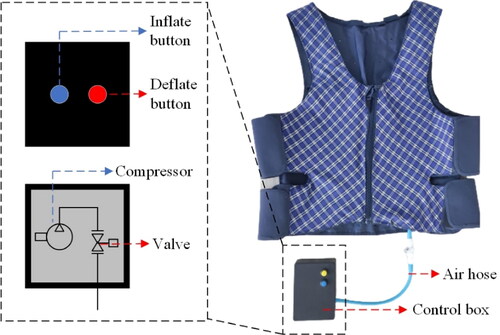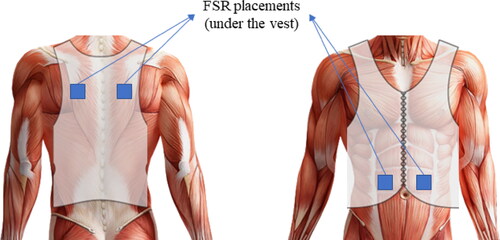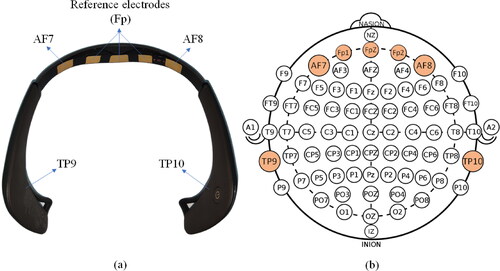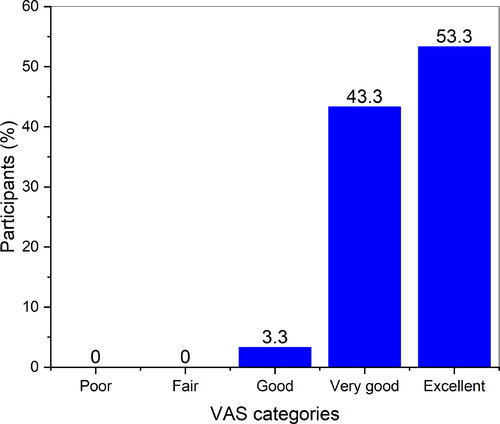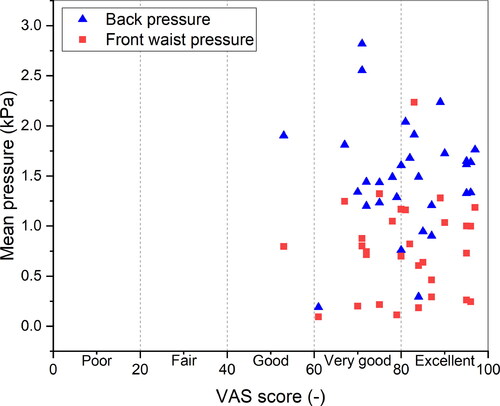Figures & data
Table 1. The changes of absolute band powers before and during the intervention.
Figure 8. The percentage of increased absolute band powers in each frequency band from baseline to wearing vest.
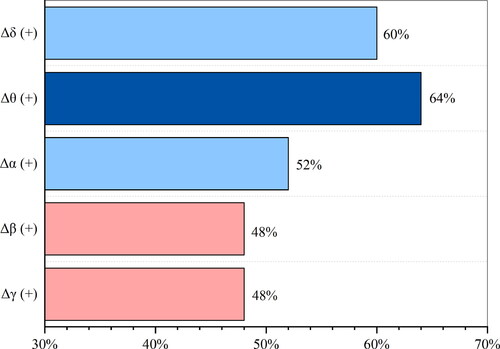
Table 2. Comparison test in the changes of absolute band powers.
Table 3. The comparison of the previous with this present study.

